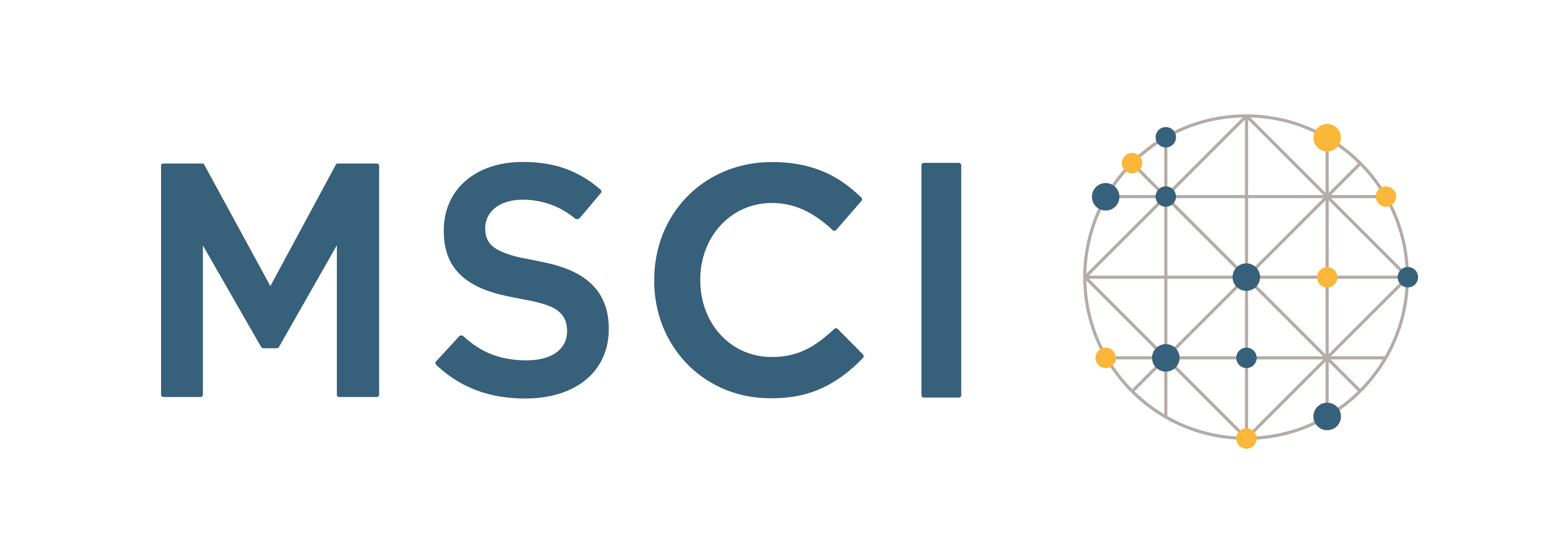7th Workshop on
Understanding the Diversity of Financial Risk
Machine Learning for Prediction and Optimisation
Budapest, Hungary, November 24, 2023
The conference is going to take place at Aula Magna, Faculty of Law, Egyetem tér 1-3., district 5, Budapest, Hungary, H-1053.
Program:
- 9:00-09:10
- Opening remarks
- 9:10-10:00
-
Luis Seco (University of Toronto):
The Dawn of the Social Fintech; AI, Sustainability and Social Science - 10:00-10:25
-
Antal Jakovác (Wigner Institute):
Uncovering Hidden Laws in Time Series - 10:25-10:45
- Coffee break
- 10:45-11:10
-
Tamás Török (Morgan Stanley):
Leveraging ML to Transform the Advisor and Client experience - 11:10-11:35
-
Balázs Udvari (MSCI):
Exploring the use of machine learning in portfolio optimization - 11:35-12:00
-
Máte Tóth (Blackrock):
Company Similarity using Large Language Models - 12:00-12:25
-
Ferenc Bodon (KX):
From timeseries analysis to KDB.AI - 12:25-13:00
- Lunch break
- 13:00-14:00
-
Juho Kanniainen (Tampere University):
Reinforcement Learning in Empirical Deep Hedging - 14:00-14:20
-
László Márkus (Eötvös University):
Deep learning the Hurst parameter of fractional processes; its reliability and effect on option pricing - 14:20-14:40
-
Gábor Fáth (Eötvös University):
Fractional time series from quantum mechanics - 14:40-15:00
-
Thomas Fouret (Citi):
Hedging earnings surprises - 15:00
- Closing
Juho Kanniainen (Tampere University)
Reinforcement Learning in Empirical Deep Hedging
Existing hedging strategies are typically based on specific financial models: either the strategies are directly based on a given option pricing model or stock price and volatility models are used indirectly by generating synthetic data on which an agent is trained with reinforcement learning. In this research, we train an agent in a pure data-driven manner. Particularly, we do not need any specifications on volatility or jump dynamics but use large empirical intra-day data from actual stock and option markets. The agent is trained for the hedging of derivative securities using deep reinforcement learning (DRL) with continuous actions. The training data consists of intra-day option price observations on S&P500 index over 6 years, and top of that, we use other data periods for validation and testing. We have two important empirical results. First, a DRL agent trained using synthetic data generated from a calibrated stochastic volatility model outperforms the classic Black-Scholes delta hedging strategy. Second, and more importantly, we find that a DRL agent, which is empirically trained using actual intra-day stock and option prices directly without the prior specification of the underlying volatility or jump processes, has superior performance compared with the use of synthetic data. This implies that DRL can capture the dynamics of S&P500 from the actual intra-day data and to self-learn how to hedge actual options efficiently.
Luis Seco (University of Toronto)
The Dawn of the Social Fintech; AI, Sustainability and Social Science
There is a long standing belief that a discipline becomes a science when it can be mathematized. With the advent of AI, the concept of science is widely expanded, with social science being a likely winner. This talk will present a possible view of the future of a largely expanded financial sector drawn by technology and how social science can become a new partner.
Antal Jakovác (Wigner Institute)
Uncovering Hidden Laws in Time Series
In the talk a novel method is presented to extract relevant feature information for time series. We find patterns in the form of (linear) laws, and characterize the time series with the best fitting laws. The resulting Linear Law based feature Transformation (LLT) makes classification tasks more effective, as it will be demonstrated in some examples, including financial data analysis.
Ferenc Bodon (KX)
From time series analysis to KDB.AI
q/kdb+stands as the preeminent time series analysis tool in the global capital market, boasting unrivaled speed and efficiency over the past three decades. Its distinguishing features, including vector and functional programming, alongside native data tables with an extendedSQL, have cemented it as a foundational language for quantitative analysts. In 2022, KX introducedPyKX, a seamless integration tool that empowersPythondevelopers to harness the power ofq/kdb+without necessitatingqproficiency. Furthermore, the introduction ofKDB.AIrevolutionizes knowledge-based vector databases, enabling developers to construct scalable, reliable and real-time applications by providing advanced search, recommendation and personalization for AI applications.
Máte Tóth (Blackrock)
Company Similarity using Large Language Models
Identifying companies with similar profiles is a core task in finance with a wide range of applications in portfolio construction, asset pricing and risk attribution. When a rigorous definition of similarity is lacking, financial analysts usually resort to ‘traditional’ industry classifications such as Global Industry Classification System (GICS) which assign a unique category to each company at different levels of granularity. Due to their discrete nature, though, GICS classifications do not allow for ranking companies in terms of similarity. In this paper, we explore the ability of pre-trained and finetuned large language models (LLMs) to learn company embeddings based on the business descriptions reported in SEC filings. We show that we can reproduce GICS classifications using the embeddings as features. We also benchmark these embeddings on various machine learning and financial metrics and conclude that the companies that are similar according to the embeddings are also similar in terms of financial performance metrics including return correlation.
Tamás Török (Morgan Stanley)
Leveraging ML to Transform the Advisor and Client experience
Introduction to Morgan Stanley Wealth Management journey to build an Intelligent organization. In the past years we focused on scaling up our Machine Learning capabilities, building several tools to help the business. I will walk through the audience on 3 practical actual use-Case where Machine Learning was implemented to data products solving the problem on digital client engagement, Advisors engagement towards clients and on how to match advisors better with clients. We will cover the business problem, the concept of the solution and finally the key learning for each use-cases.
László Márkus and Dániel Boros (Eötvös University)
Deep learning the Hurst parameter of fractional processes; its reliability and effect on option pricing
We train a scale-free LSTM-type neural network on a massive amount of fractional Brownian motion or fractional Ornstein Uhlenbeck process trajectories to learn the Hurst exponent of those processes. While the network’s performance is excellent in terms of the mean squared error, the absolute and relative error quantiles are substantial due to a skewed distribution. True, though, the network still overperforms the traditional statistical Hurst estimators. There is a line in the literature advocating for a fractional-Brownian-motion-based modeling of the S&P500 index. By conditionally accepting that model, we illustrate the effect of the network’s misspecification of the Hurst exponent on option pricing. We present the actual calculations on two-days-to-maturity call prices of Nov 3, 2023.
Balázs Udvari (MSCI)
Exploring the use of machine learning in portfolio optimization
Portfolio managers often need to solve optimization problems to determine the ideal allocation of their managed accounts. Depending on their strategy of choice this can involve dealing with difficult mathematical models. Traditionally these are handled by solving a sequence of easier subproblems, where each subproblem is determined by a heuristic step based on information already obtained during the process. Recently there is more and more interest in applying machine learning methods to deal with these problems. In the talk, we will give an overview of certain optimization problems and discuss some ways machine learning can play a part in the process of solving them.
Gábor Fáth (Eötvös University)
Fractional processes from quantum mechanics
We map one-dimensional quantum systems to classical time series and explore how strong quantum correlations turn into nontrivial classical time autocorrelations. In particular we show that the Luttinger liquid properties of quantum magnets translate into multifractal time series characterized by non-trivial Hurst exponents. We show that the classical series can be sampled sequentially from the known or numerically determined Matrix Product State approximation of the quantum ground state.
Thomas Fouret (Citi)
Hedging earnings surprises
Citi has developed a machine learning model to predict vol surface deformation scenarios on quarterly earnings of US single stocks derivatives market giving fast market color to traders.
The workshop is free for registered participants. You can register until Nov 19, 2023. If you want to cancel your registration contact the organizers at riskconf@ttk.elte.hu.
With my registration I give consent to and permit image- and sound-recording to be taken of me on the event, and these recordings to be used by the organizer(s) in their internal and external communications (e.g. with aims as reporting and giving information about the event, propagating/publicizing the event, using them as reference).
These recordings of me can be used for the above mentioned goals by any media provider free of charge, without any place or time limitation, through any technology suitable for broadcasting to the public, without any limitations regarding the number of times being used, and through every known utilization method stated in the Act LXXVI of 1999 on Copyright.
With my registration, I give permit to store and use my data during the organization of the current and future workshops. These data will not be shared with any third parties.
Program committee:
- G. Fáth
- L. Márkus
- G. Molnár-Sáska
- A. Zempléni
Local Organisers:
- Á. Backhausz
- V. Csiszár
- V. Prokaj
- A. Zempléni (chair)
email: riskconf@ttk.elte.hu
Sponsors:

